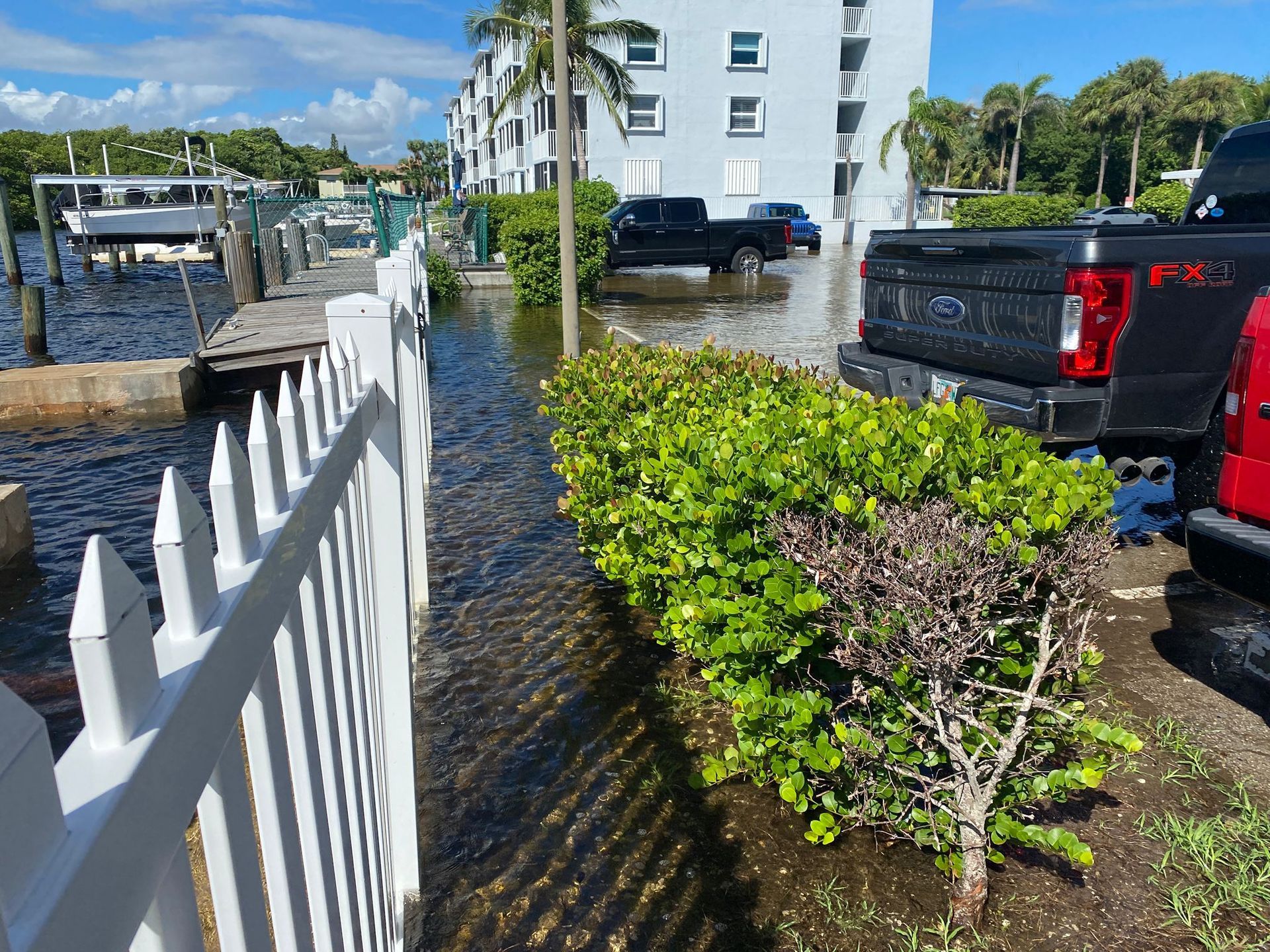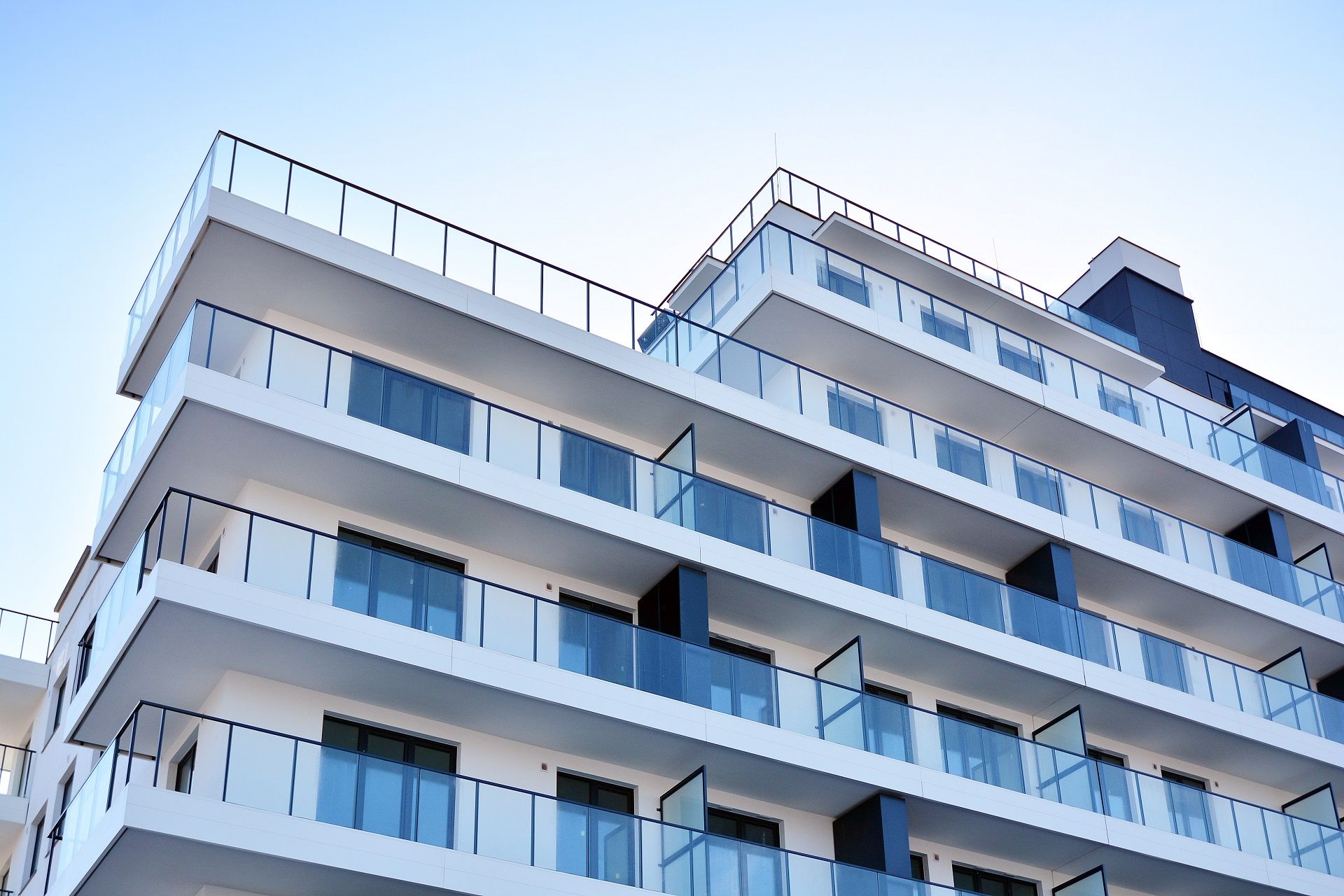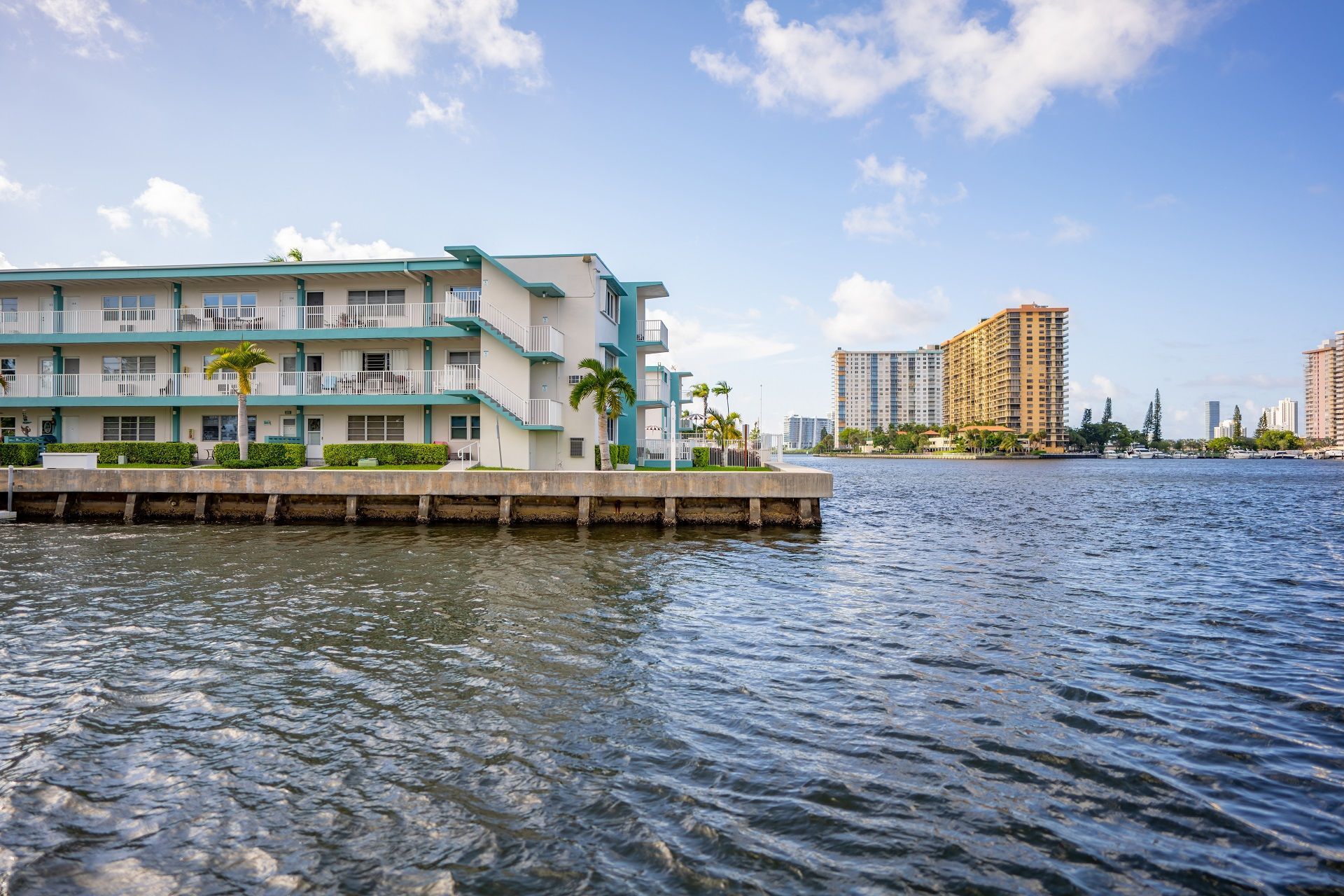How to Detect Hidden Signs of Water Damage in Walls?
Water leaks within walls can quietly wreak havoc, leading to issues and health concerns stemming from the development of mold and mildew. Recognizing concealed water damage promptly can spare Florida residents from fixes and potential health risks. This article aims to assist you in recognizing the indications of water damage within your walls and determining the actions upon its detection.
The Importance of Detecting Water Damage Early
Florida's humid climate and frequent storms make homes susceptible to
water damage. Ignoring the signs can lead to:
- Structural Damage: Water can weaken the foundation and structure of your home.
- Health Risks: Mold and mildew growth can cause respiratory and other health problems.
- Increased Repair Costs: Early detection can prevent minor issues from becoming major repairs.
Common Causes of Water Damage in Walls
Understanding what can lead to water damage helps in its early detection. Common causes include:
- Leaking Pipes: Hidden leaks from plumbing can cause water to seep into walls.
- Roof Leaks: Damaged roofs can allow water to penetrate and run down the walls.
- Poor Drainage: Inadequate drainage systems can cause water to pool around the foundation and seep into walls.
- Natural Disasters: Hurricanes and heavy rains, common in Florida, can lead to water intrusion.
Signs of Hidden Water Damage in Walls
Detecting hidden water damage can be challenging, but being aware of the following signs can help:
1. Discoloration and Stains
Water damage often manifests as discoloration or stains on walls and ceilings. Look for:
- Yellow or brown patches: These are often indicative of water intrusion.
- Peeling paint or wallpaper: Water behind walls can cause paint and wallpaper to peel away.
2. Texture Changes
Changes in the texture of walls can also signal water damage. Pay attention to:
- Bubbling or blistering: Moisture can cause the surface of the walls to bubble or blister.
- Soft or spongy areas: Pressing on certain spots may reveal softness, indicating water saturation.
3. Odor
Mold and mildew have a distinctive musty odor. If you notice this smell in specific areas of your home, it could be due to hidden water damage.
4. Visible Mold
Mold growth on walls, baseboards, or ceilings is a clear sign of water damage. Even minor patches of mold can indicate a more significant hidden problem.
5. Swollen or Warped Walls
Water can cause wood and drywall to swell or warp. Look for:
- Bulging walls: Sections of the wall may appear to bow or bulge.
- Warped baseboards or trim: These can become distorted due to moisture absorption.
6. Increased Utility Bills
A sudden increase in your water bill may indicate a hidden leak causing water damage.
7. Condensation
Persistent condensation on walls and windows can lead to water damage. This is often seen in bathrooms, kitchens, and laundry rooms.
Tools for Detecting Water Damage
Using the right tools can help you detect hidden water damage more accurately:
1. Moisture Meters
These devices measure the moisture content in walls. High readings can indicate hidden water damage.
2. Infrared Cameras
Infrared cameras can detect temperature variations caused by moisture, helping to locate hidden water damage without invasive procedures.
3. Flashlights and Inspection Mirrors
A flashlight and a small inspection mirror can help you see into tight spaces, such as behind baseboards and under sinks.
Steps to Take If You Detect Water Damage
If you discover signs of water damage, it's essential to act quickly to mitigate further damage:
1. Identify the Source
Determine where the water is coming from and stop it. This may involve fixing leaks, improving drainage, or repairing the roof.
2. Dry the Affected Area
Dry out the affected area using dehumidifiers, fans, and ventilation. This helps prevent mold growth and further structural damage.
3. Remove Damaged Materials
To prevent mold growth, remove any materials that cannot be dried, such as soaked drywall or insulation.
4. Clean and Disinfect
Clean and disinfect the area to remove mold spores and bacteria. Use a solution of water and bleach or a commercial mold cleaner.
5. Repair and Restore
Once the area is dry and clean, repair the damage. This may involve replacing drywall, repainting, and addressing any structural issues.
6. Monitor for Recurrence
After repairs, monitor the area for any signs of recurring water damage. This helps ensure that the problem is fully resolved.
Preventing Future Water Damage
Prevention is critical to protecting your home from water damage. Here are some preventive measures:
1. Regular Inspections
Regularly inspect your home for signs of water damage, especially after storms or heavy rainfall.
2. Maintain Plumbing
Keep your plumbing system in good condition. Fix leaks promptly and replace old pipes as needed.
3. Roof Maintenance
Inspect your roof for damage and make necessary repairs. Ensure that gutters and downspouts are clear and functioning correctly.
4. Improve Drainage
Ensure your property has proper drainage to direct water away from the foundation.
5. Use Water Alarms
Install water alarms in areas prone to leaks, such as basements and under sinks. These alarms can alert you to potential water damage before it becomes severe.
Conclusion
Looking out for signs of water damage within your walls is essential for safeguarding the integrity and security of your residence. By staying observant and recognizing indicators, homeowners in Florida can proactively tackle water damage concerns, thus averting expensive repairs and health hazards.
Certified Inspectors provide services dedicated to helping you detect and resolve water damage issues in your household. Contact us today to arrange an inspection and ensure that your home remains shielded from the threats posed by concealed water damage.
For details or to schedule an inspection appointment, please visit our website, Certified Inspectors , Boca Raton FL. Allow us to serve as your ally in upholding the safety and worth of your abode.
Disclaimer: The information on this website and blog is for general informational purposes only and is not professional advice. We make no guarantees of accuracy or completeness. We disclaim all liability for errors, omissions, or reliance on this content. Always consult a qualified professional for specific guidance.
Share the post:






